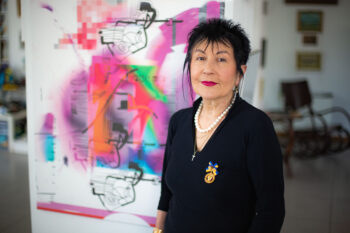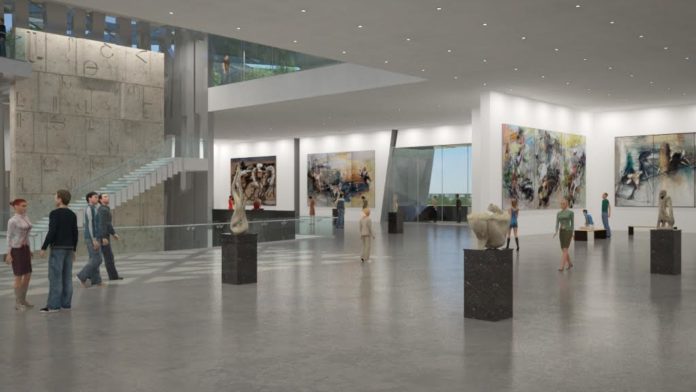GLENDALE — There are only a handful of Armenian museums in the United States, and as good as some of them may be, none can be considered influential major institutions in the American cultural landscape. An attempt to found a museum in Washington, DC, foundered due to irreconcilable disputes among donors. A new attempt to create a major institution, called the Armenian American Museum, is taking place in heavily Armenian-populated Glendale.
Its mission, according to its fundraising brochures, is “to promote understanding and appreciation of America’s ethnic and cultural diversity by sharing the Armenian American experience.” Armenia American Museum Executive Committee Chairman Berdj Karapetian has been involved as a volunteer from the start of the project. Professionally chief executive officer of HiChoice Health Care, a firm providing health care facilities for seniors in Southern California, Karapetian has been the founding executive director of the Armenian National Committee of America (ANCA) and past executive director of the ANCA Western Region. At present he serves on the board of the latter body.
Karapetian said that unlike a Washington museum, “this museum is about Californians of different immigrant populations who have come to the United States and made this country what it is today. The Armenian experience will be its core component, the permanent exhibit, because the Armenian American community is the one undertaking this project.” It will attempt to teach Armenians and other Americans “how we survive in a demographically rapidly changing population, and offer Armenian experiences on survival and cohabitation.”
The Glendale location will allow large numbers of Armenians from California, as well as other groups like Latinos and Asian Americans to come and visit and learn from this experience, and, Karapetian said, “become more vigilant in protecting the rights of others not like them. That is why to us Southern California and Glendale make more sense than Washington DC.” For Armenians, Karapetian said, “one of the main goals is to perpetuate Armenian identity in the US—for my grandchildren to be able hopefully to walk into a place and experience what I had the fortune to experience by talking to my grandmother.”
Zaven Kazazian, a business consultant active in many Glendale philanthropic organizations and member of the Museum Executive Committee from its inception, emphasized that there will be an important place for the Armenian Genocide in this museum, though its focus is much broader. It celebrates the survival, success and the future of the Armenians.
The idea of this museum seemed to have germinated in the minds of many people around the same time, according to Karapetian, who stressed, “that is why we believe it will flourish.” In 2013, the Armenian Genocide Centennial Committee of the Western US (AGCC), a body incorporating representatives from most major Armenian organizations in Southern California, was looking for landmark projects with which to commemorate the Genocide centennial in a lasting fashion. Several people proposed a museum during brainstorming sessions, and a landmark subcommittee was formed.








